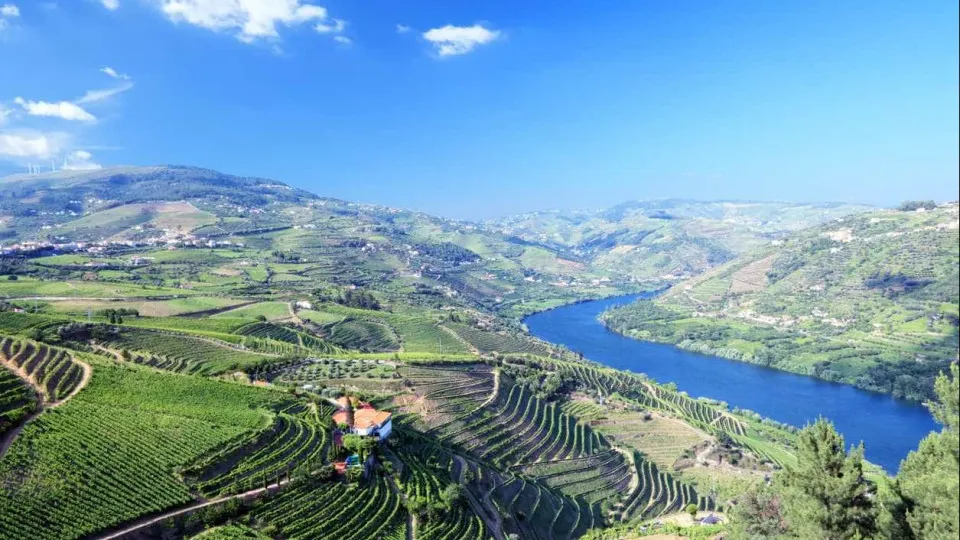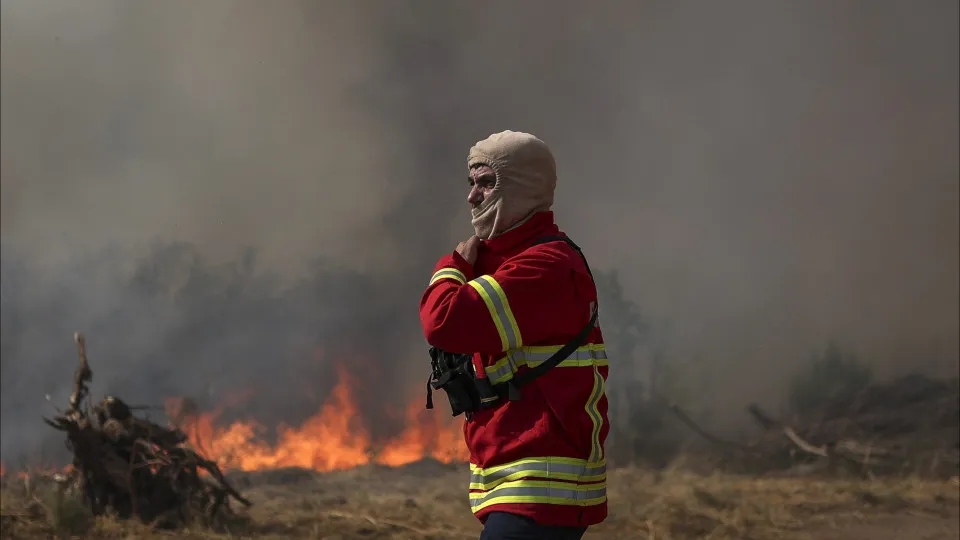
In statements, Armando Pacheco revealed that approximately 80% of the nearly 15,000 hectares of burned area in the municipalities of Freixo de Espada à Cinta, Torre de Moncorvo, and Mogadouro are forest, with a significant portion requiring more than two decades to regenerate.
Preliminary data from the National Forestry Fire Information Management System indicated that as of August 24, there were 11,697 hectares of burned area from a fire that originated in Freixo de Espada à Cinta and spread to neighboring Torre de Moncorvo and Mogadouro.
“We’re dealing with the cork tree, which takes about 30 years to yield cork again, and in some cases, this will not happen due to the intensity of the fire,” the agricultural and forestry leader explained.
In the case of eucalyptus, he stated that its regeneration requires time, or if destroyed, replanting is necessary.
“This is a vast area of the Douro Superior territory, reaching 15 hectares that were severely affected, with various tree species such as pine, cork oaks, eucalyptus, and other native flora impacted, necessitating a reevaluation of future strategies to prevent fires of this magnitude,” he said.
APATA, headquartered in Mogadouro, represents border agricultural and forest producers from the districts of Bragança and Guarda.
Armando Pacheco noted that the region has two Integrated Territorial Management Areas (AIGP), and if these had been implemented promptly, the fire’s spread could have been contained.
“These AIGP projects began in 2022 in the Douro International area, and with several delays, they were approved in 2025, at a time when intervention in protected areas was not possible,” he mentioned, adding, “nothing could be done before June 30, and in the meantime, heatwaves made it impossible to work these areas.”
He expressed optimism that change is still possible due to the approval of “three major projects with 100% support for forest producers and a 20-year bonus for forest producers.”
He advised landowners to approach their respective associations or forest producer organizations to explore available supports for revitalizing and restoring economic activity.
Compensations from the Recovery and Resilience Plan (PRR) consider various factors in the recovery of burned areas, such as native species and terrain morphology.
“These funds are available and 100% financed by the PRR and must be applied immediately to landscape model changes to make forests more fire-resistant,” he stressed.
Pacheco also highlighted that agriculture acts as a significant buffer against fire progression, with crops like almond or olive groves creating natural mosaics that prevent fire infiltration.
“These natural mosaics created by agricultural crops slow down the fire, providing a window of opportunity to combat the flames,” he warned.
He emphasized the importance of land management to mitigate major fires.
“Fires will always occur. Fires that span many kilometers can only be controlled through changes in landscape and forest ecosystems,” he stated.
Within AIGP areas, water lines need to be cleaned and protected with appropriate tree species.




